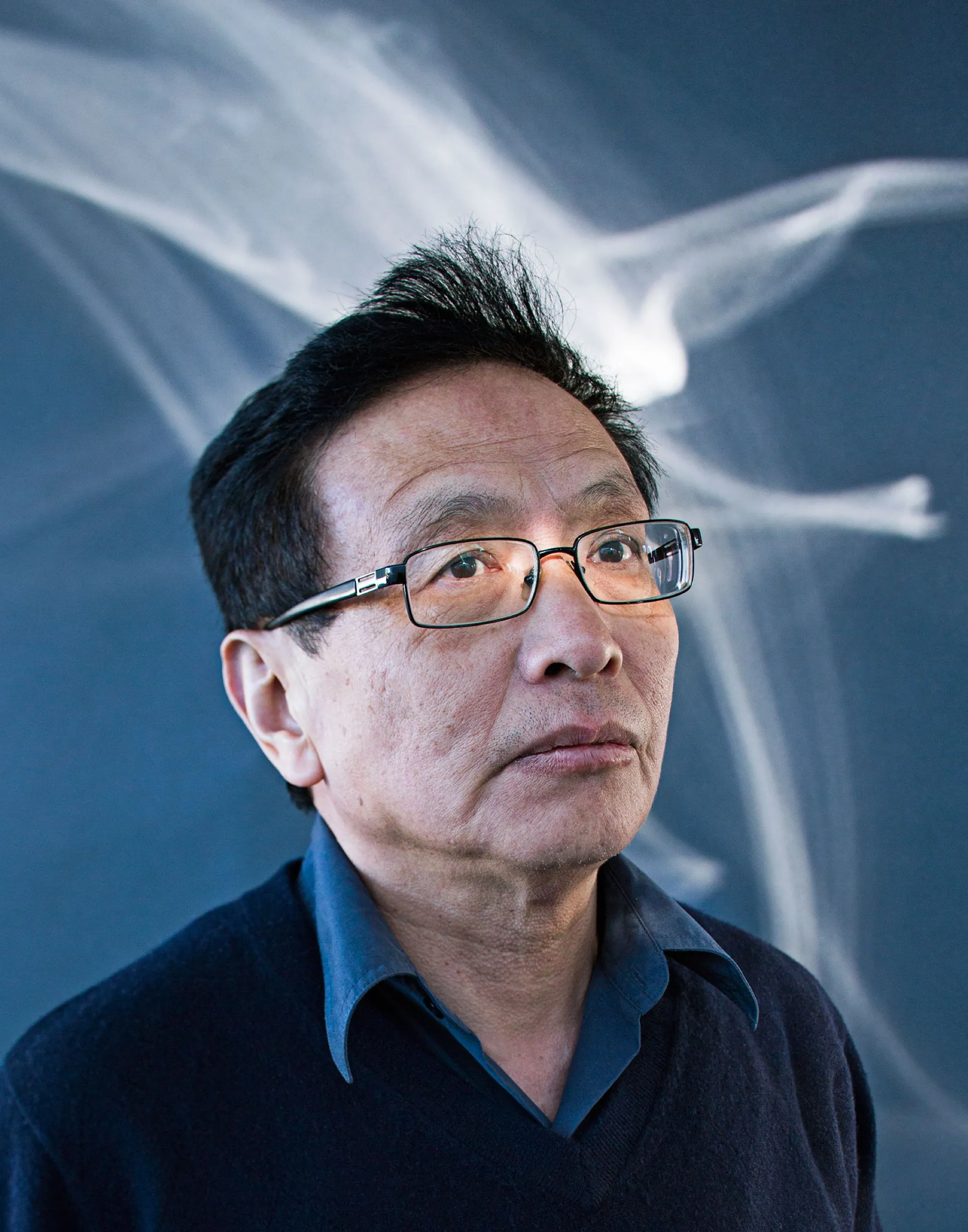Some Proofs about Prime Numbers
Ref: Daniel J. Velleman. (2019). HOW TO PROVE IT (3th ed., pp. 1-6). Cambridge University Press.
For each integer
| n | Is |
Is |
|
|---|---|---|---|
| 2 | True | 3 | True |
| 3 | True | 7 | True |
| 4 | False | 15 | False |
| 5 | True | 31 | True |
| 6 | False | 63 | False |
| 7 | True | 127 | True |
| 8 | False | 255 | False |
| 9 | False | 511 | False. 511=7*73. |
| 19 | True | 1023 | False. 1023=31*33. |
A surprising pattern emerges. It appears that
基于此, 我们可以提出两个假设(Conjecture):
Conjecture 1. Suppose
Conjecture 2. Suppose
Conjecture 1
Conjecture 1是错误的, 很容易证明.
Let n=11, 11 is prime, but
More counterexamples: Both 23 and 29 are prime, but:
Conjecture 2
However, Conjecture 2 is correct. Here is a proof of the conjecture:
Since
证明思路是构造两个特殊的数字
Theorem1
Euclid (circa
Theorem 1. There are infinitely many prime numbers.
Proof
Suppose there are only finitely many prime numbers. 反证法, 假设只有有限个质数.
Let
Let
Similarly,
We now use the fact that every integer larger than 1 is either prime or be written as a product of two or more primes. (We'll see a proof in Chapter 6 - see Theorem 6.4.2.) Clearly
Suppose first that
Now suppose
Since the assumption that there are finitely many prime numbers has led to a contradiction, there must be infinitely many prime numbers. 因此, “质数数量是有限的”这个假设不成立, 所以质数数量是无限的.
Mersenne Primes
Prime numbers of the form
Although many Mersenne primes have been found, it is still not known if there are infinitely many of them. Mersenne prime的数量未知.
Many of the largest known prime numbers are Mersenne primes. As of February 2019, the largest known prime number is the Mersenne prime
Mersenne primes are related to perfect numbers, the subject of another famous unsolved problem of mathematics.
A positive integer
Euclid proved that if
Furthermore, about 2000 years after Euclid's proof, the Swiss mathematician Leonhard Euler (17071783), proved that every even perfect number arises in this way. (For example, note that
Because it is not known if there are infinitely many Mersenne primes, it is also not known if there are infinitely many even perfect numbers. It is also not known if there are any odd perfect numbers. 由于Mersenne prime的数量未知, 所以perfect number的数量也未知. 并且odd perfect number的存在也是未知的.
Theorem 2
我们还有一个直觉的发现: 随着数字的增大, 质数似乎越来越稀疏. For example, there are 25 primes between 1 and 100, 16 primes between 1001 and 1100, and only six primes between 1,000,001 and 1,000,100.
这个假设我还不知道怎么证明, 但可以证明的是: 存在一段任意长的连续数列, 其中没有任何质数(也就是说, 质数之间的间隔可能很长):
Theorem 2. For every positive integer
Proof
Suppose
To see that
Twin Primes
Theorem 2证明了质数之间可能存在很长的间隔, 但同样存在一些间隔比较小的质数. 例如: 质数 2 and 3只间隔1; 质数 5 and 7, 29 and 31, 7949 and 7951 只间隔2.
A twin prime is a prime number that is either 2 less or 2 more than another prime number.
当两个质数的间隔小于等于2时, 这对质数就被称为孪生质数.
It is not known whether there are infinitely many twin primes.
Recently, significant progress has been made on the twin primes question. In 2013, Yitang Zhang (1955–) proved that there is a positive integer d ≤ 70,000,000 such that there are infinitely many pairs of prime numbers that differ by d.

(一位数学家, 这在中国比大熊猫还珍惜...)
Work of many other mathematicians in 2013–14 narrowed down the possibilities for d to d ≤ 246. Of course, if the statement holds with d = 2 then there are infinitely many twin primes.